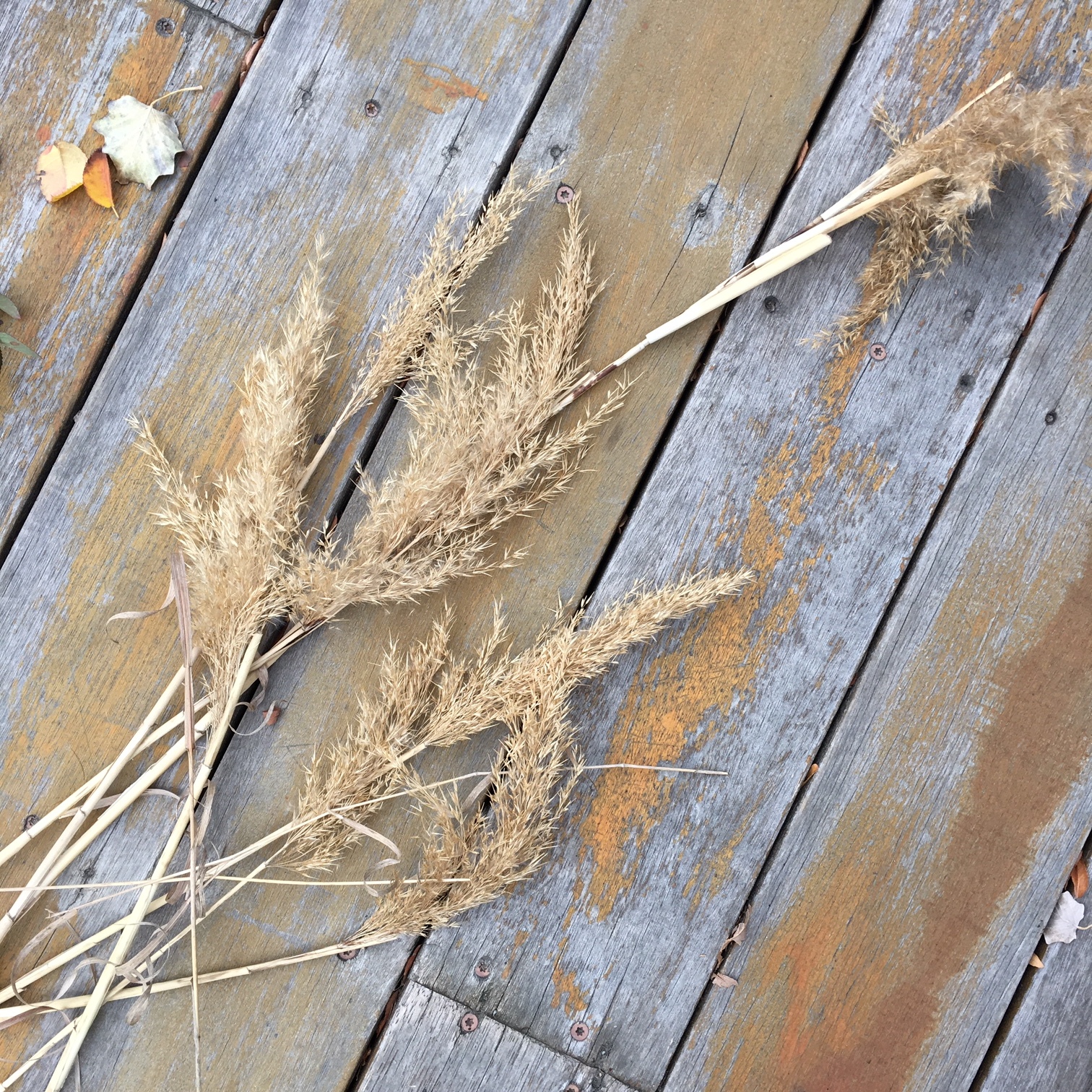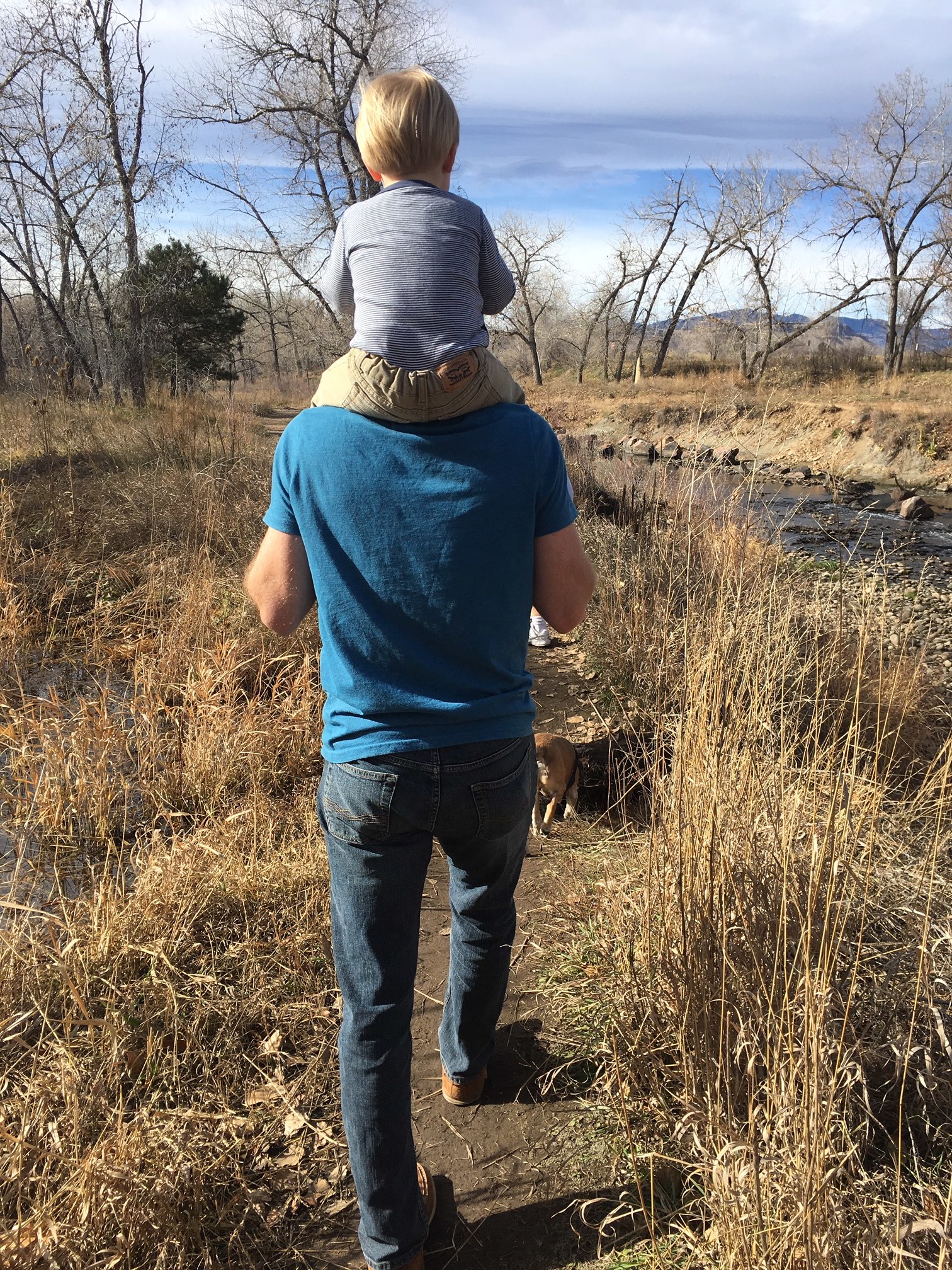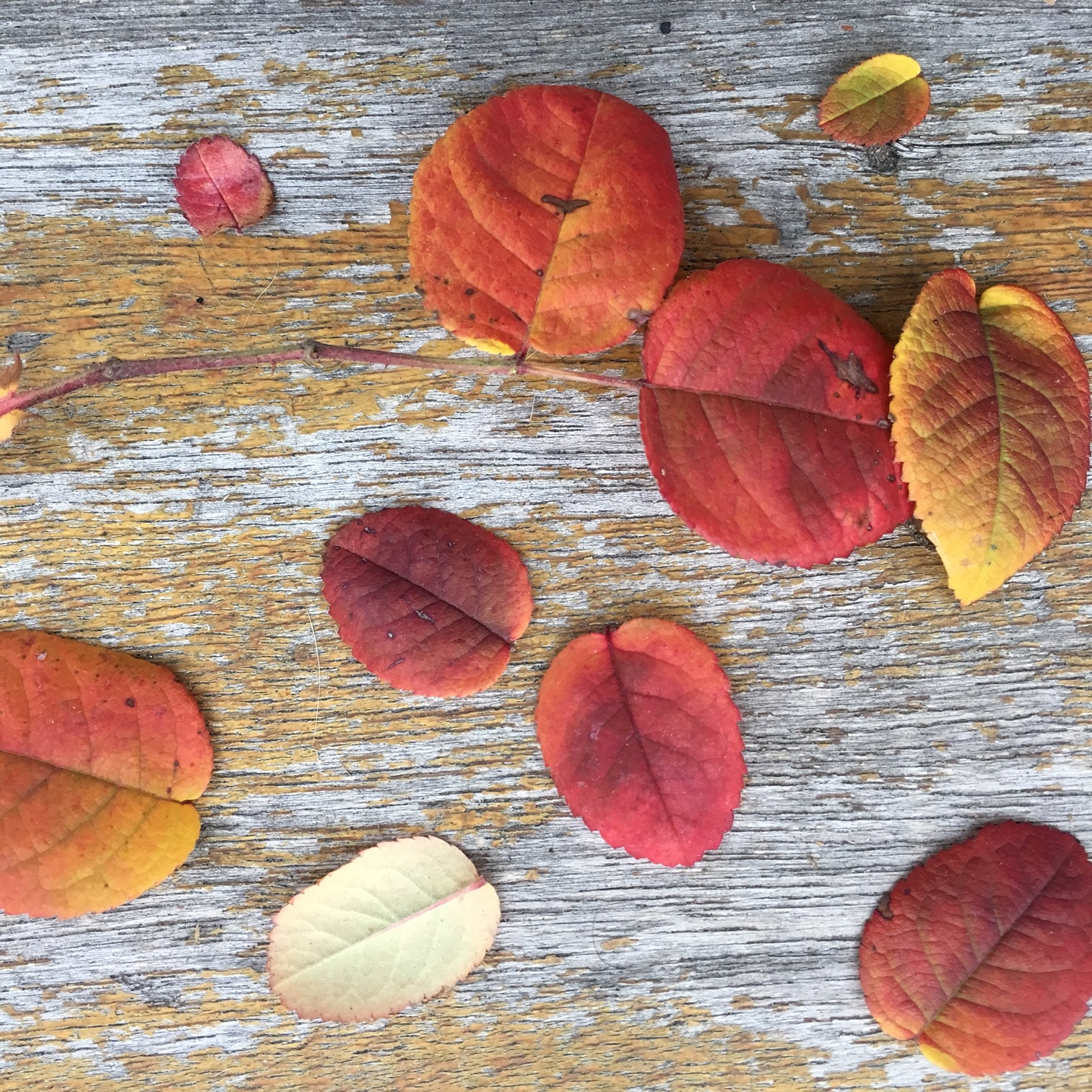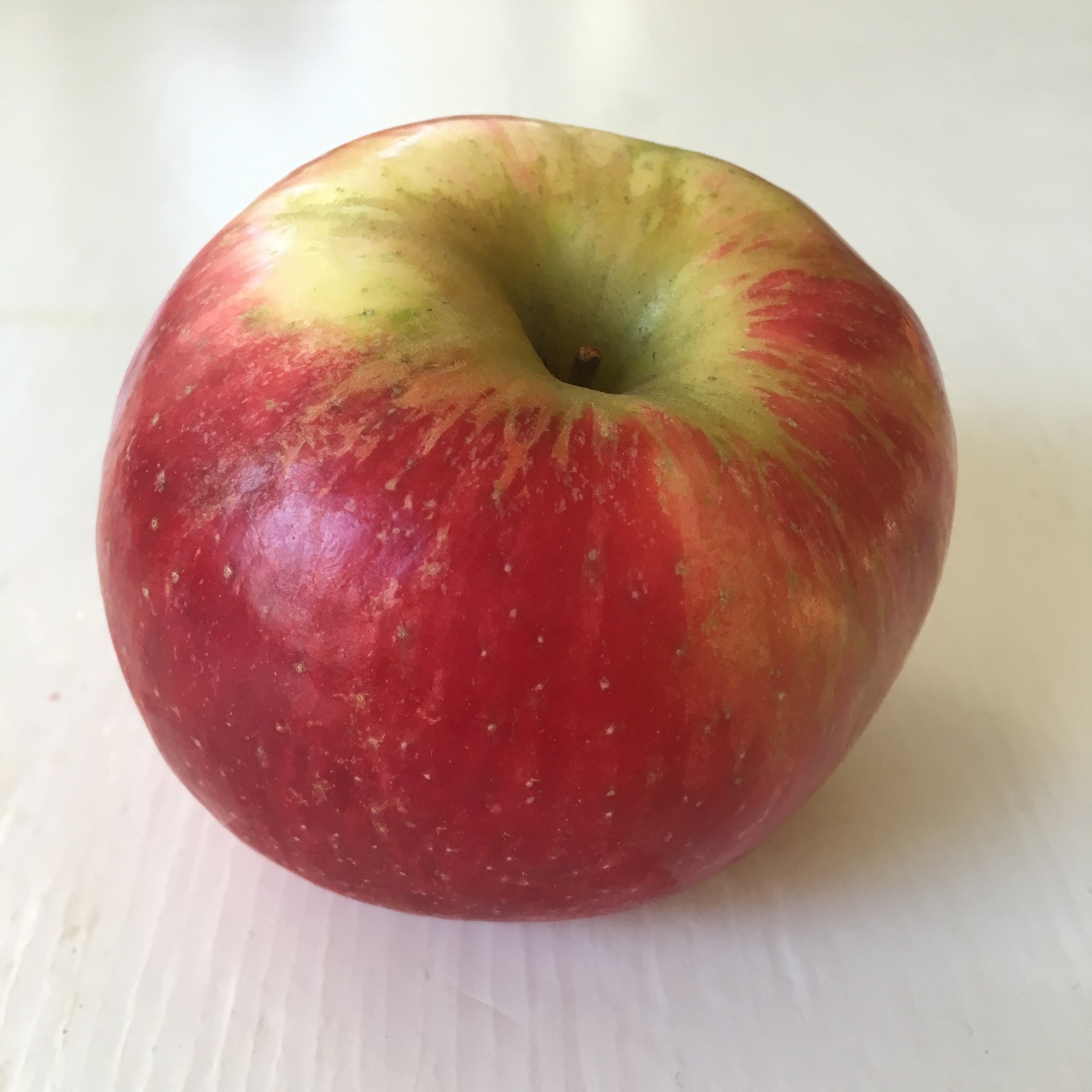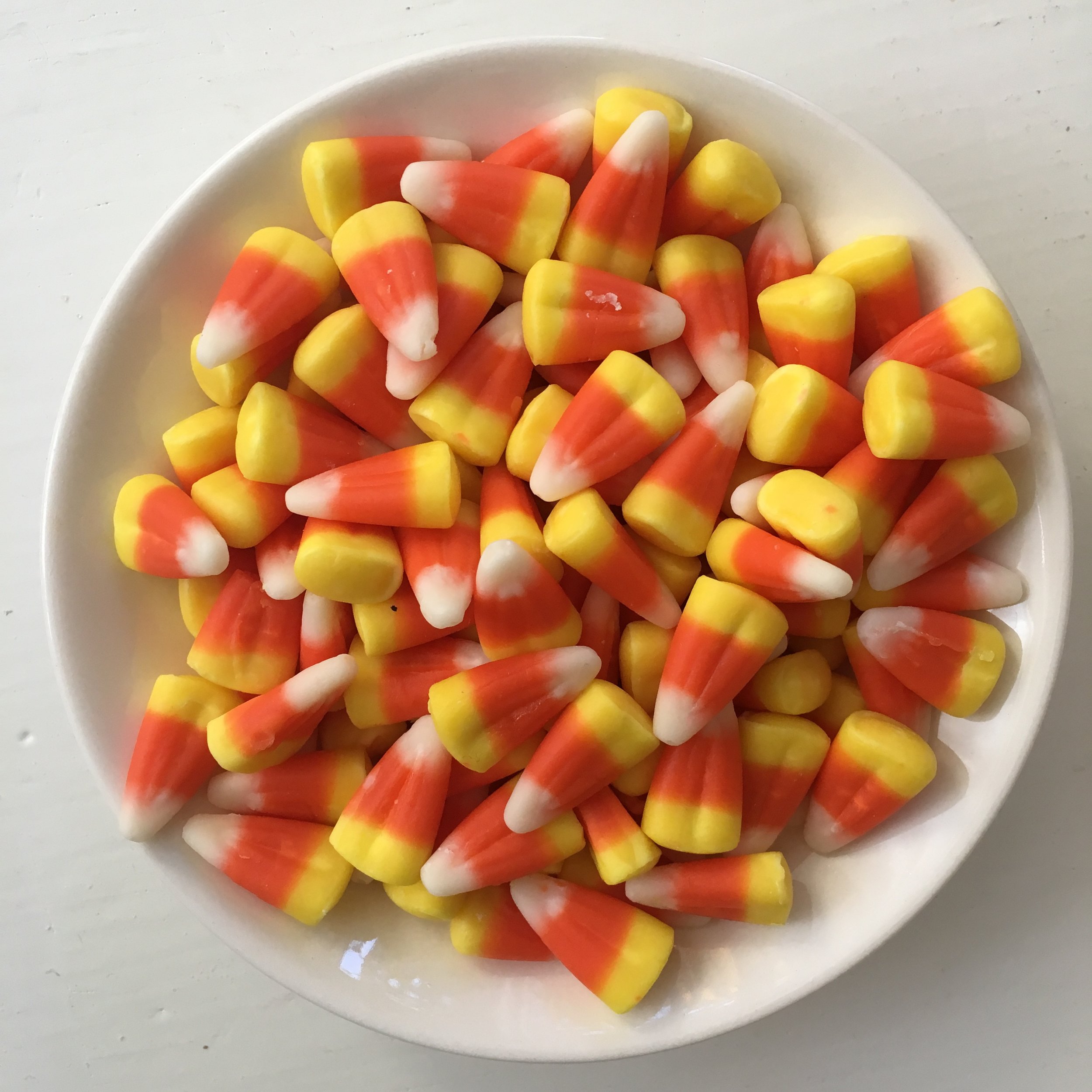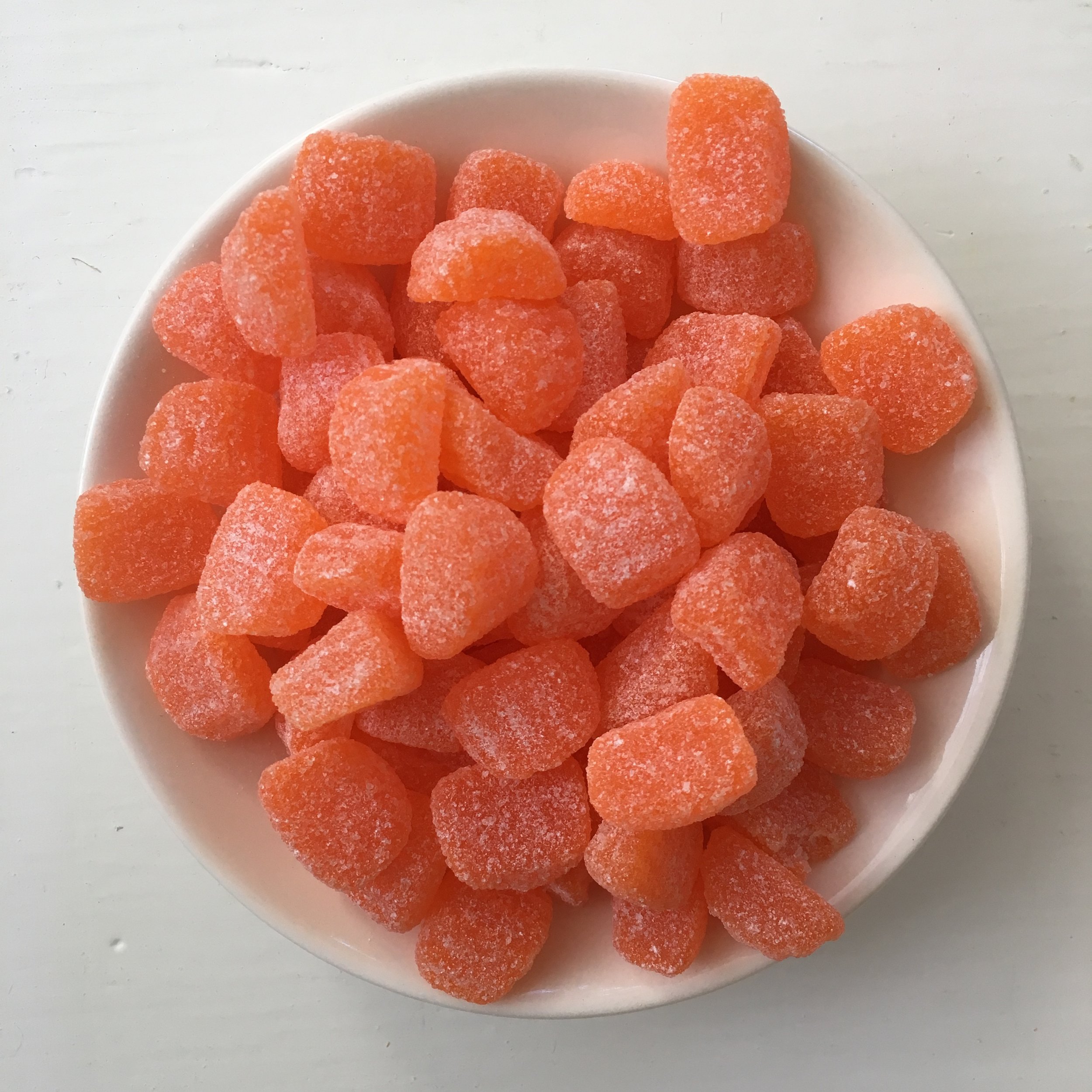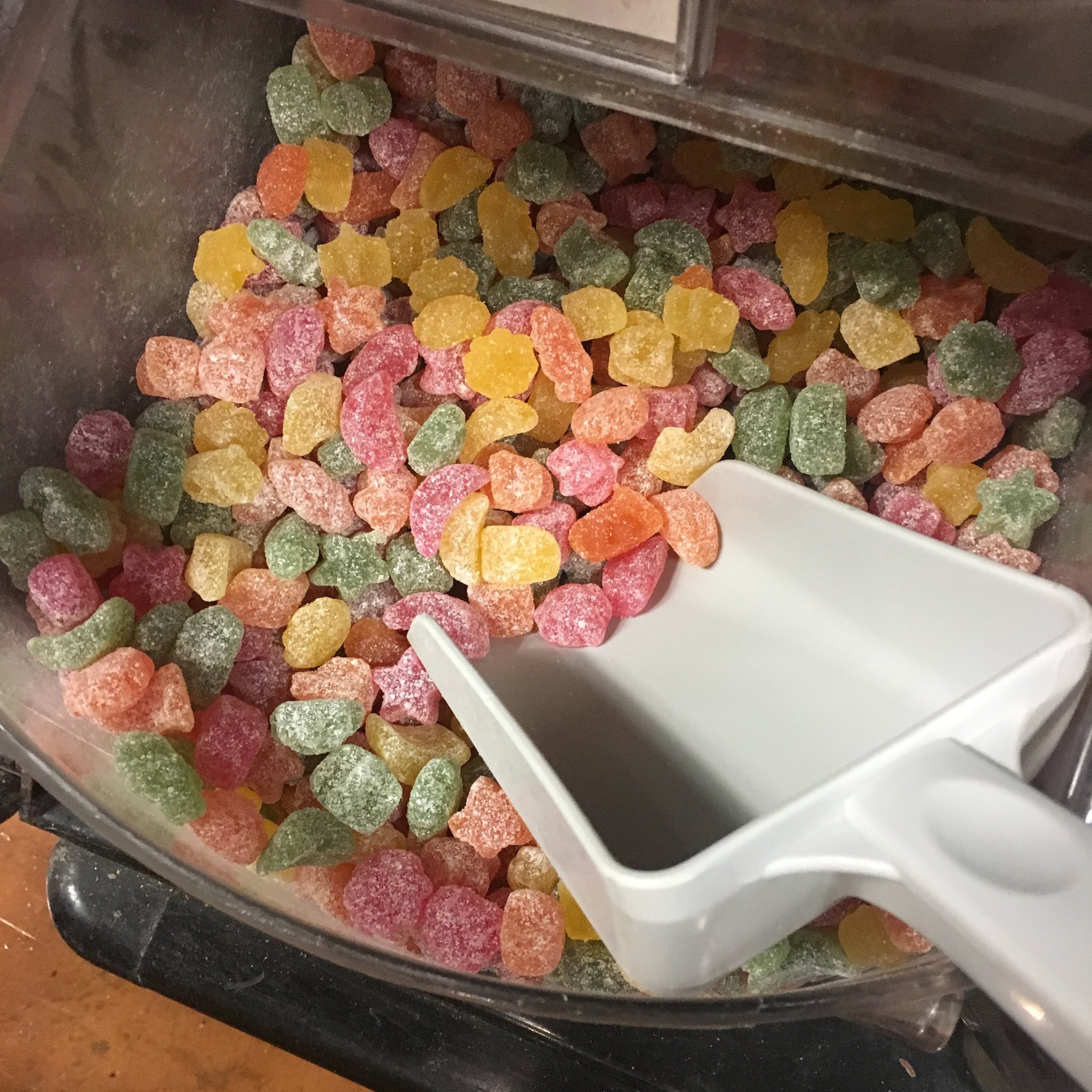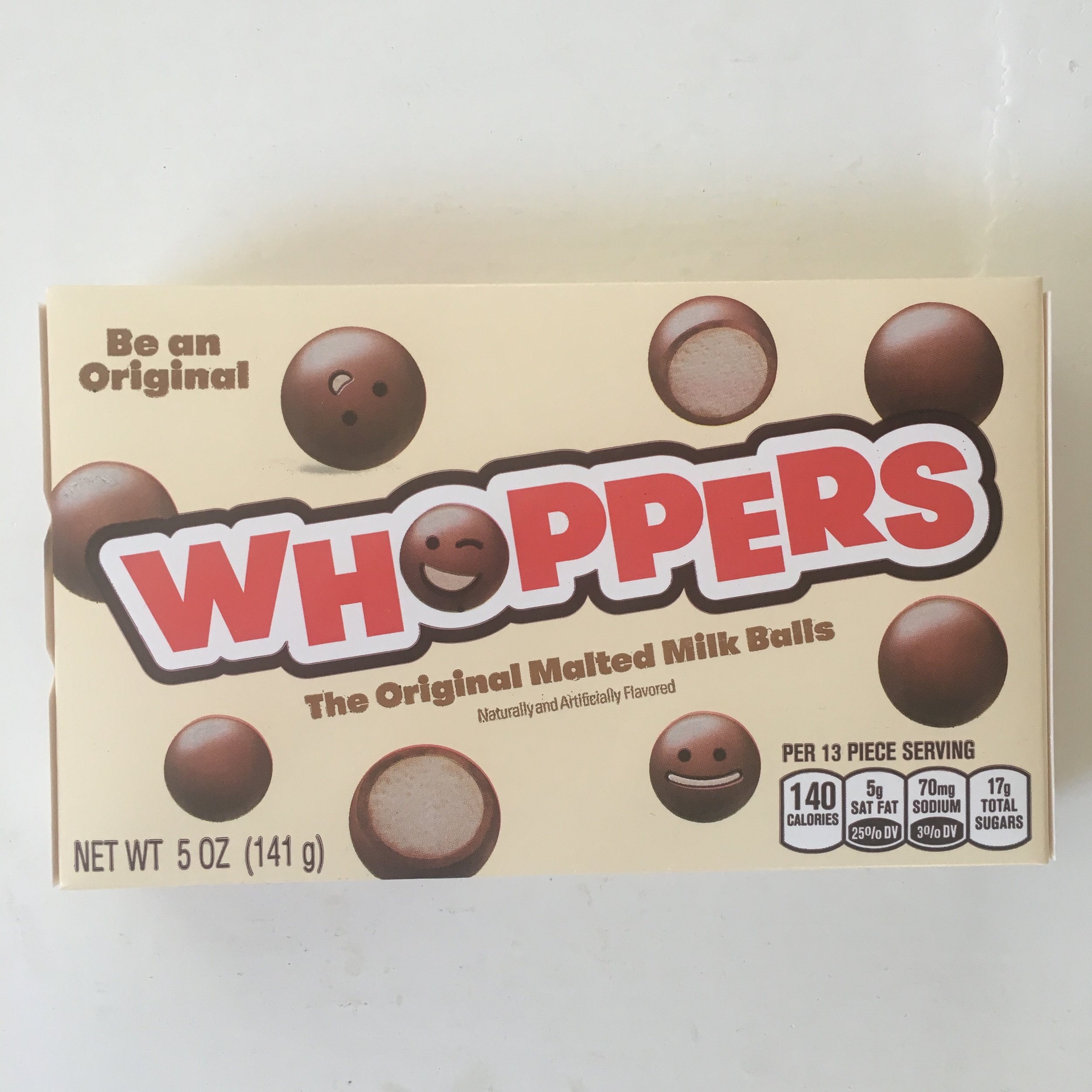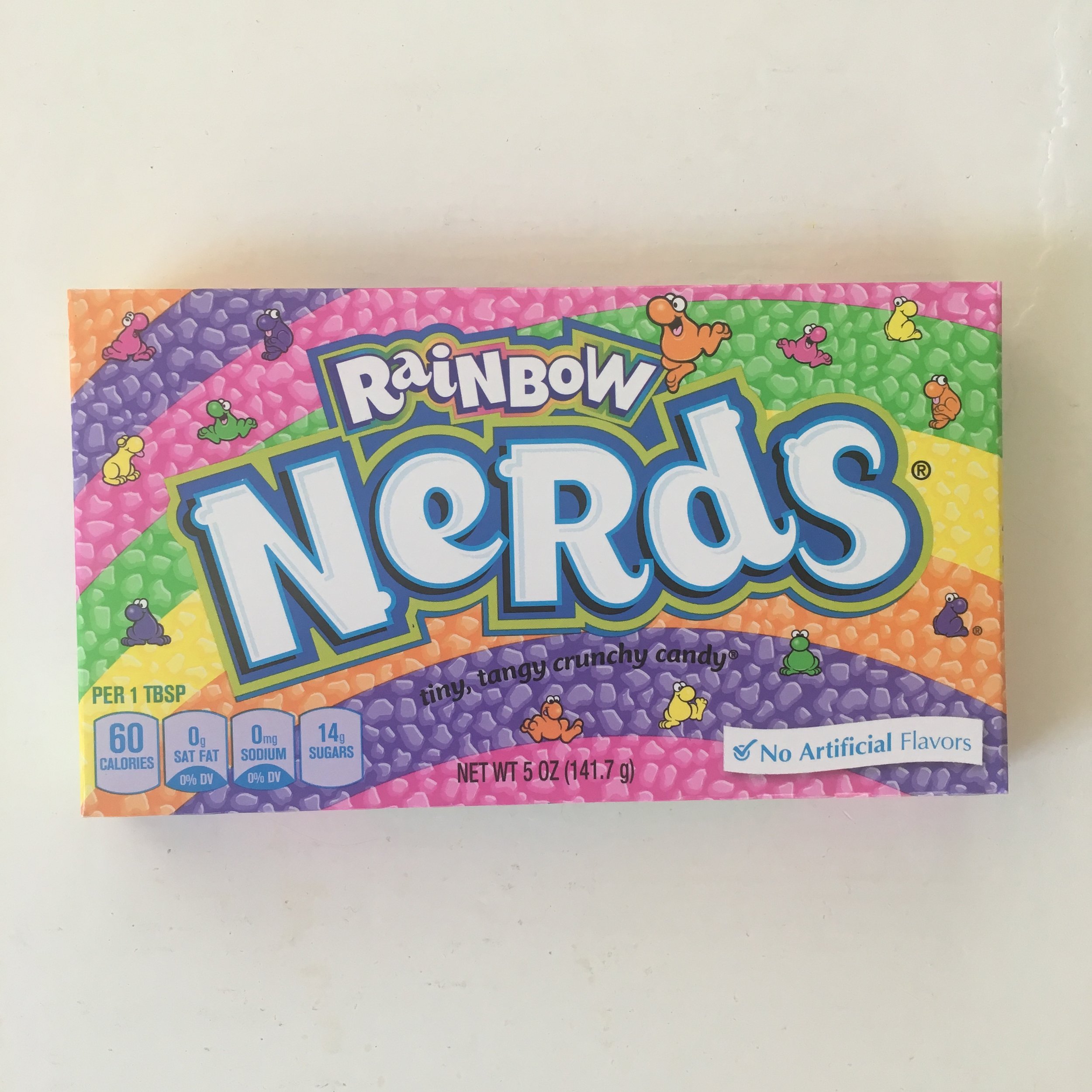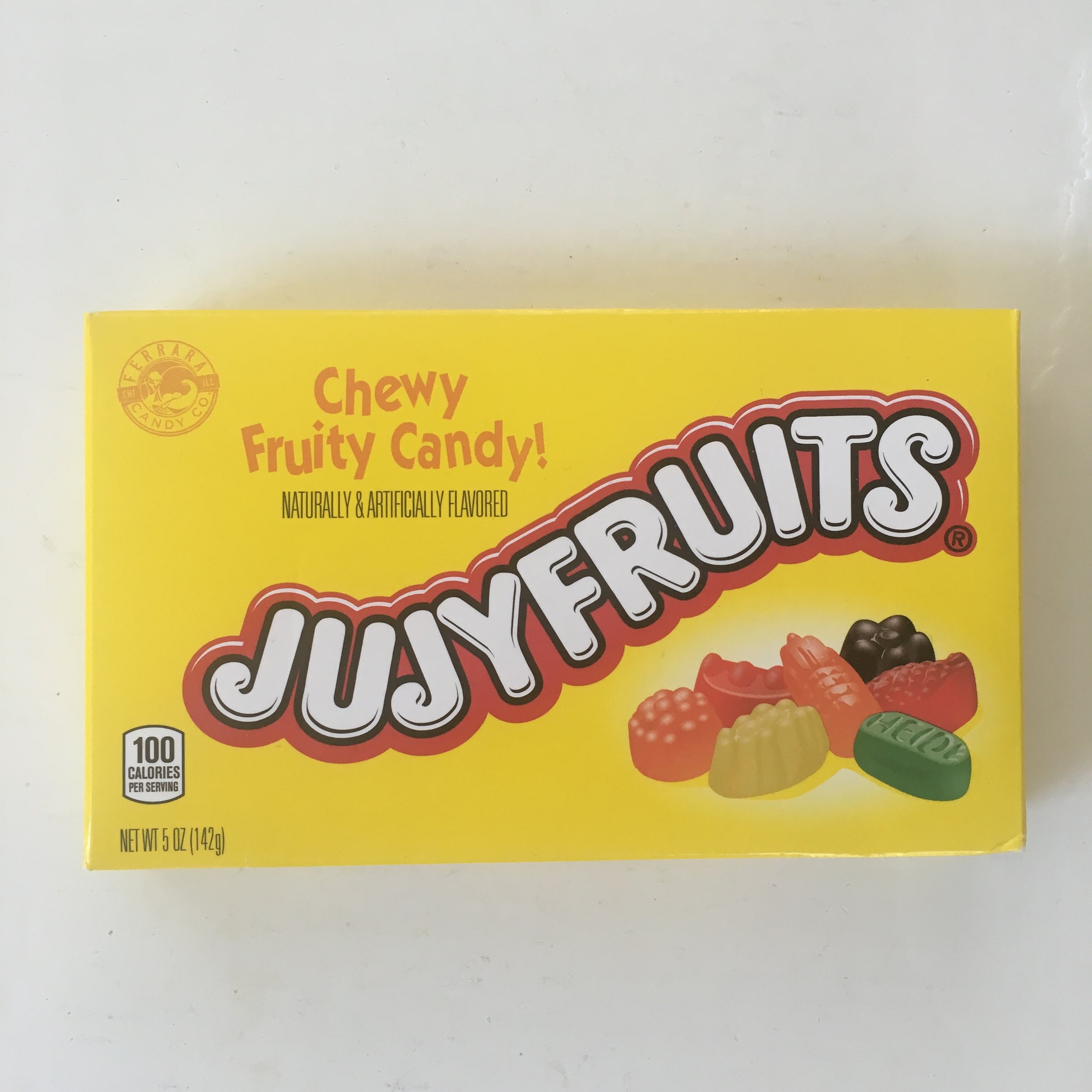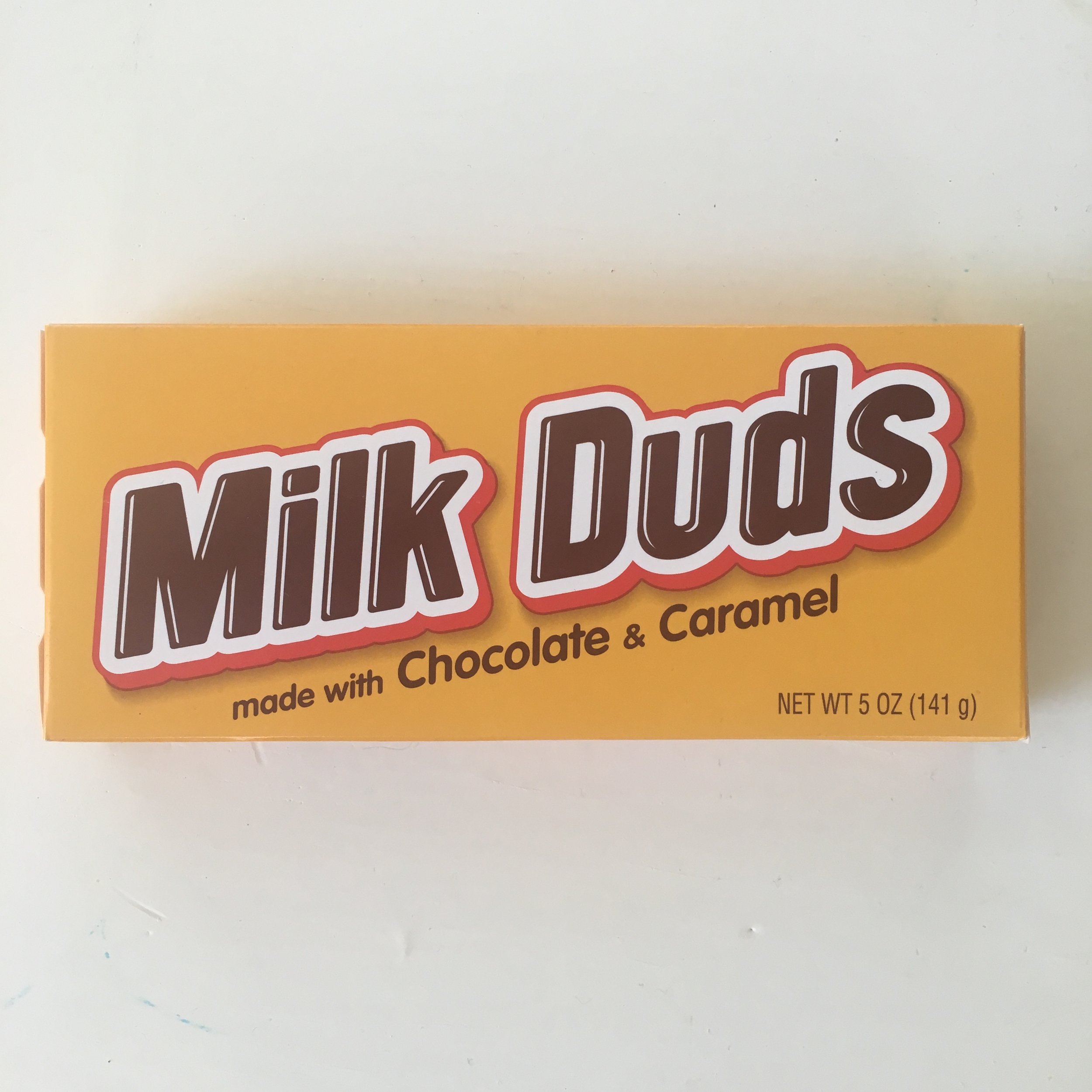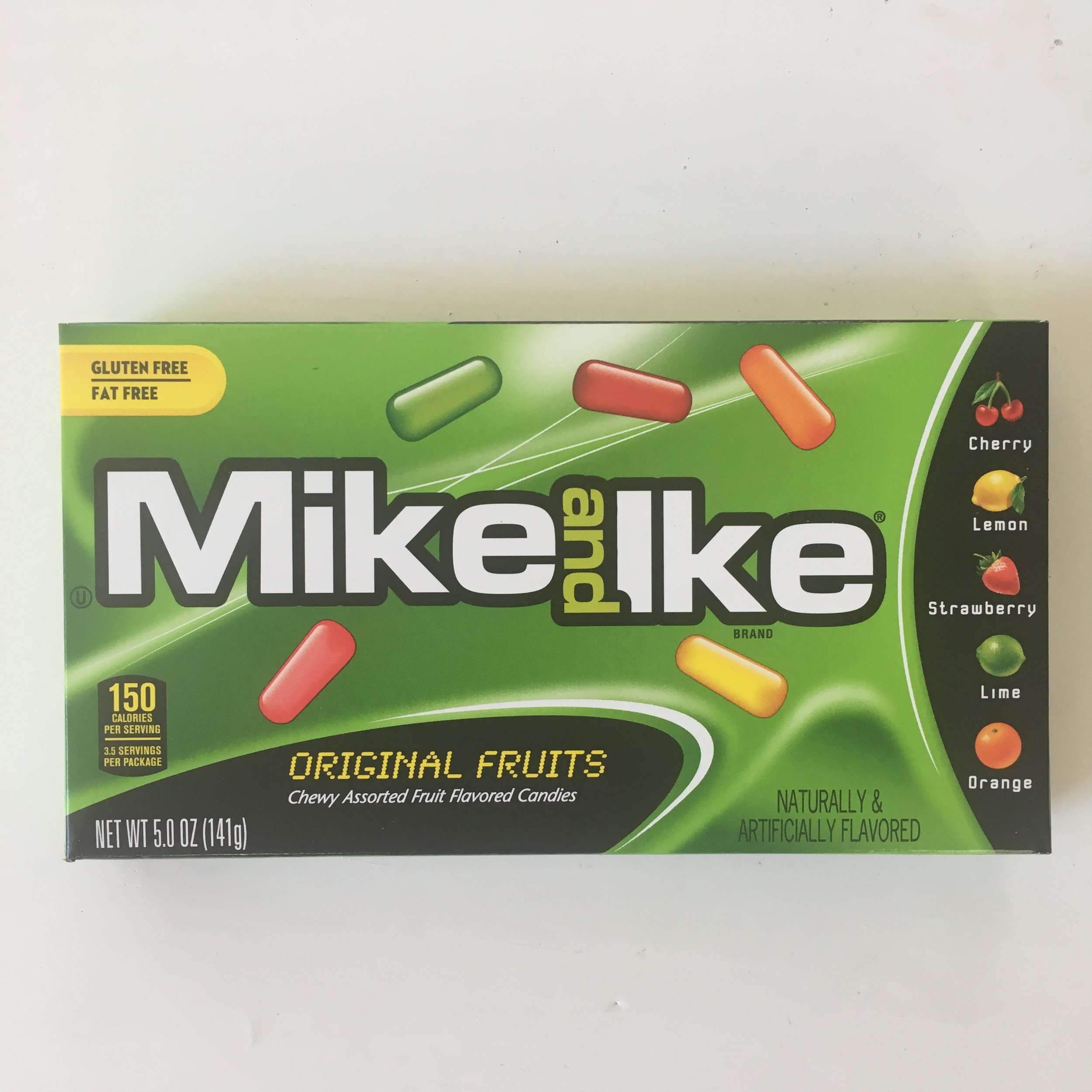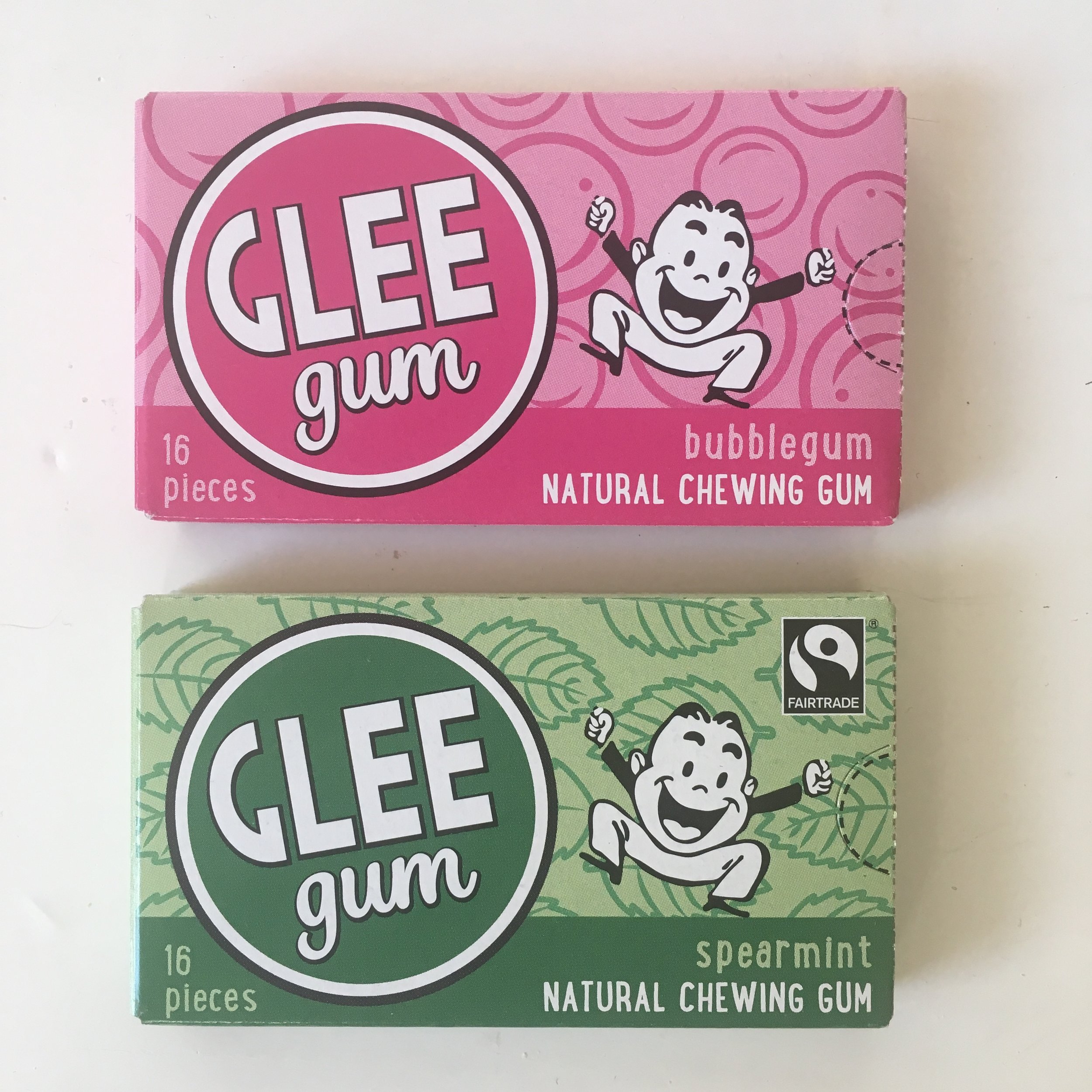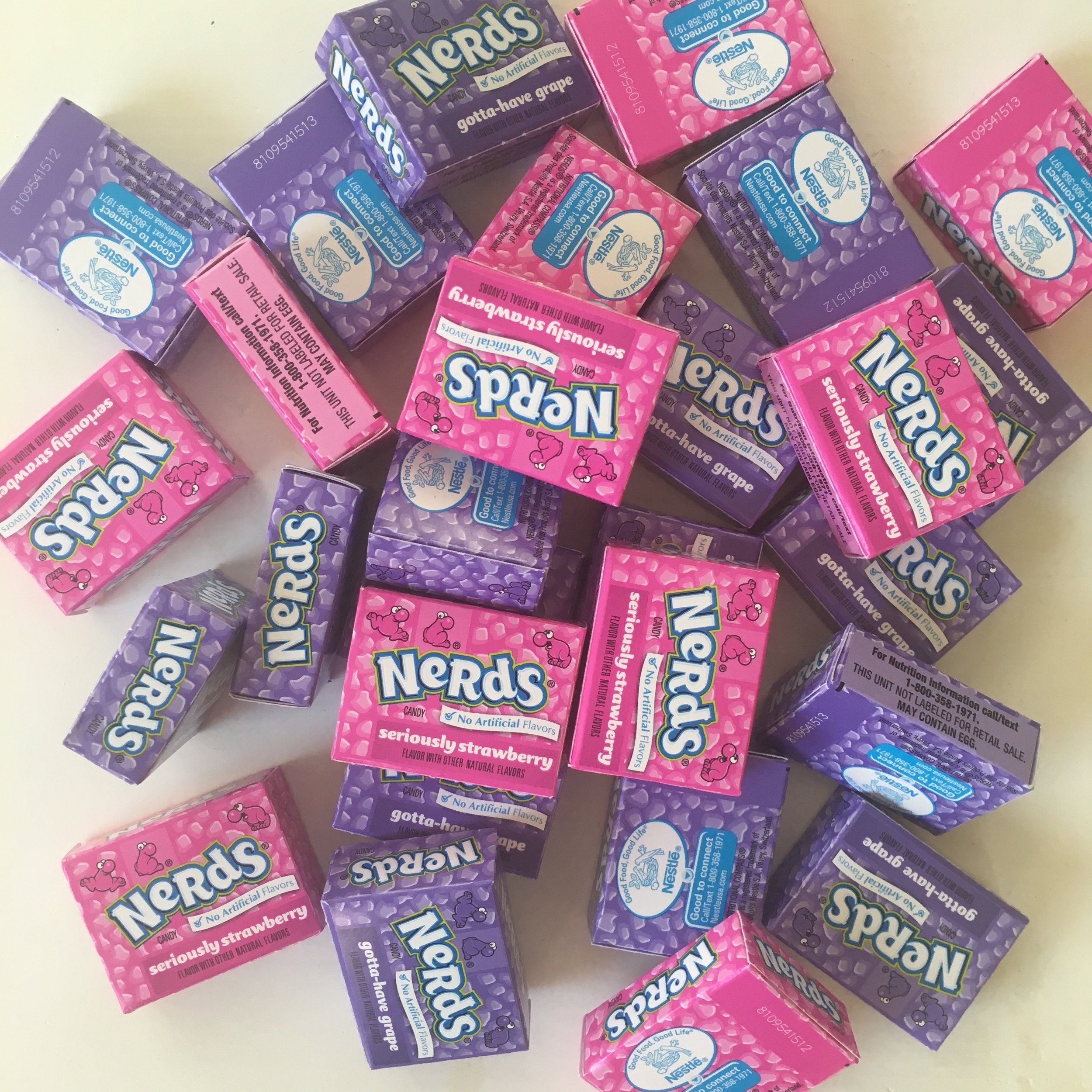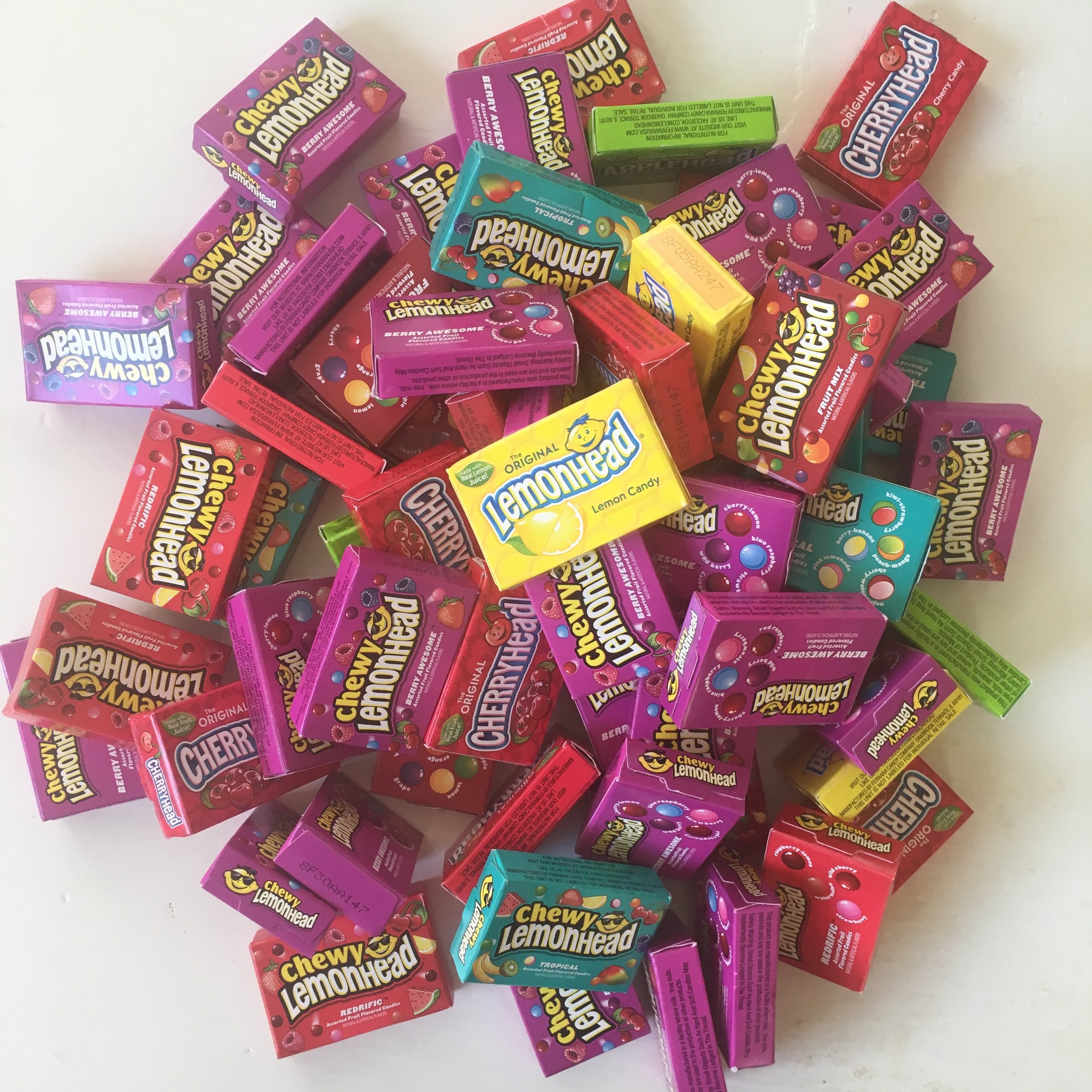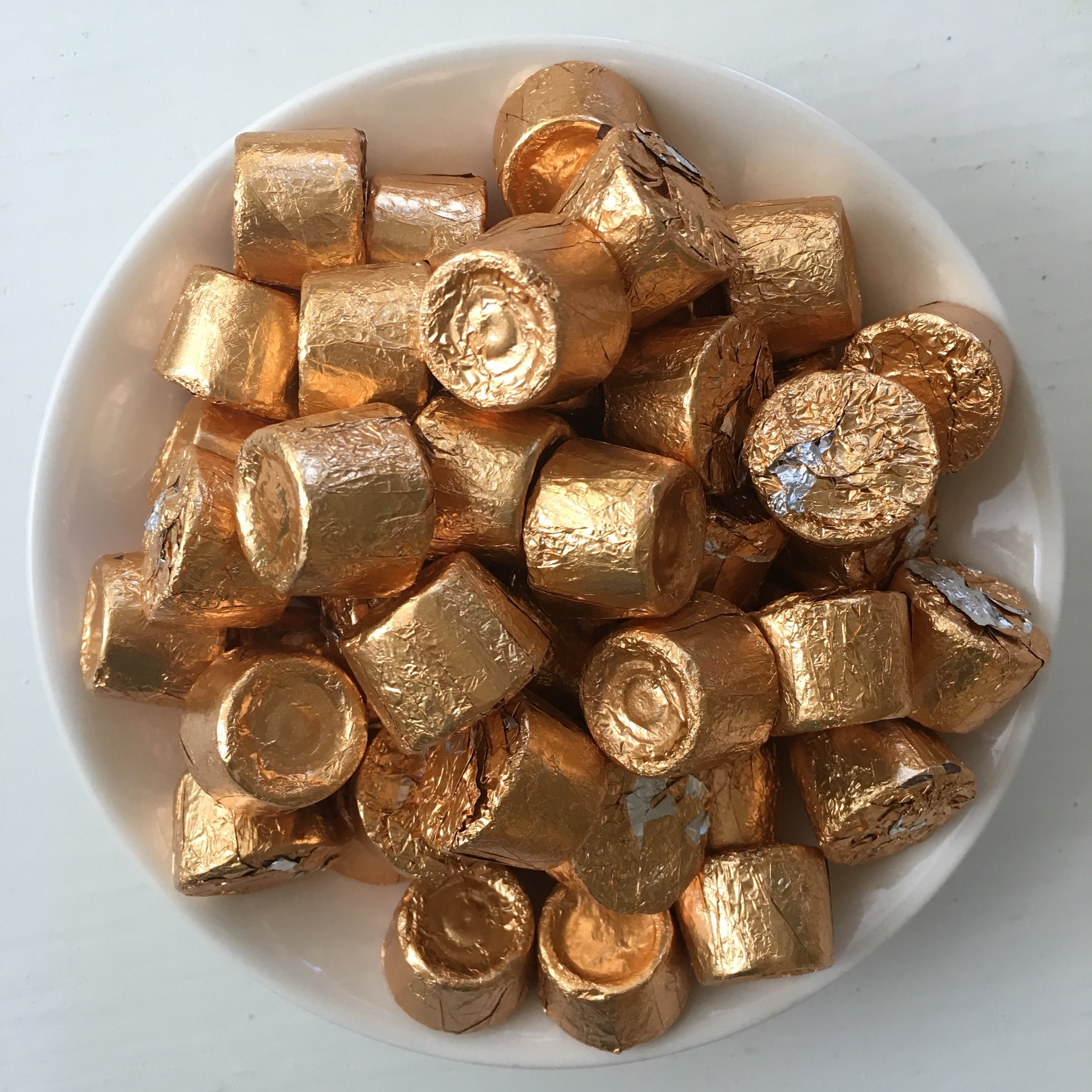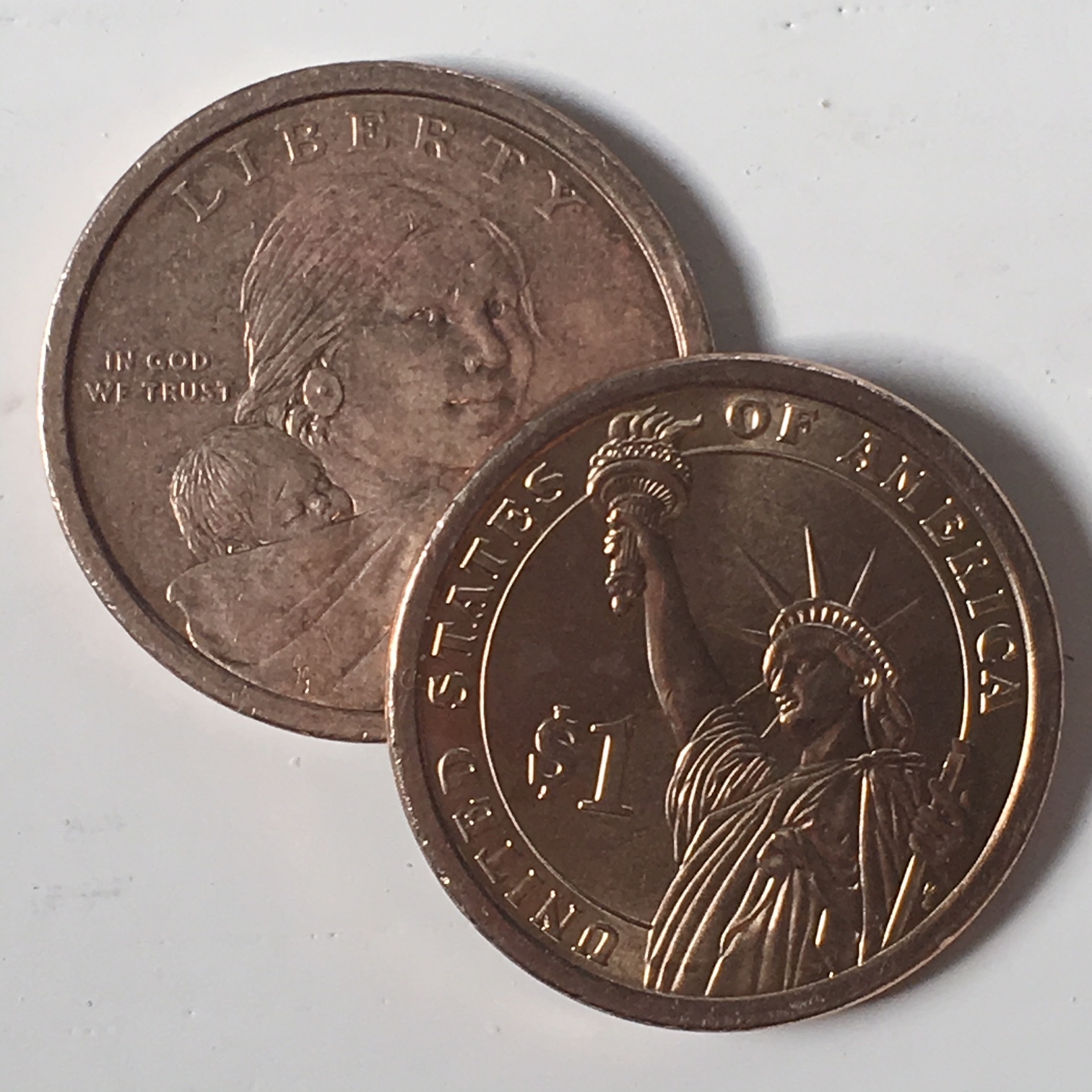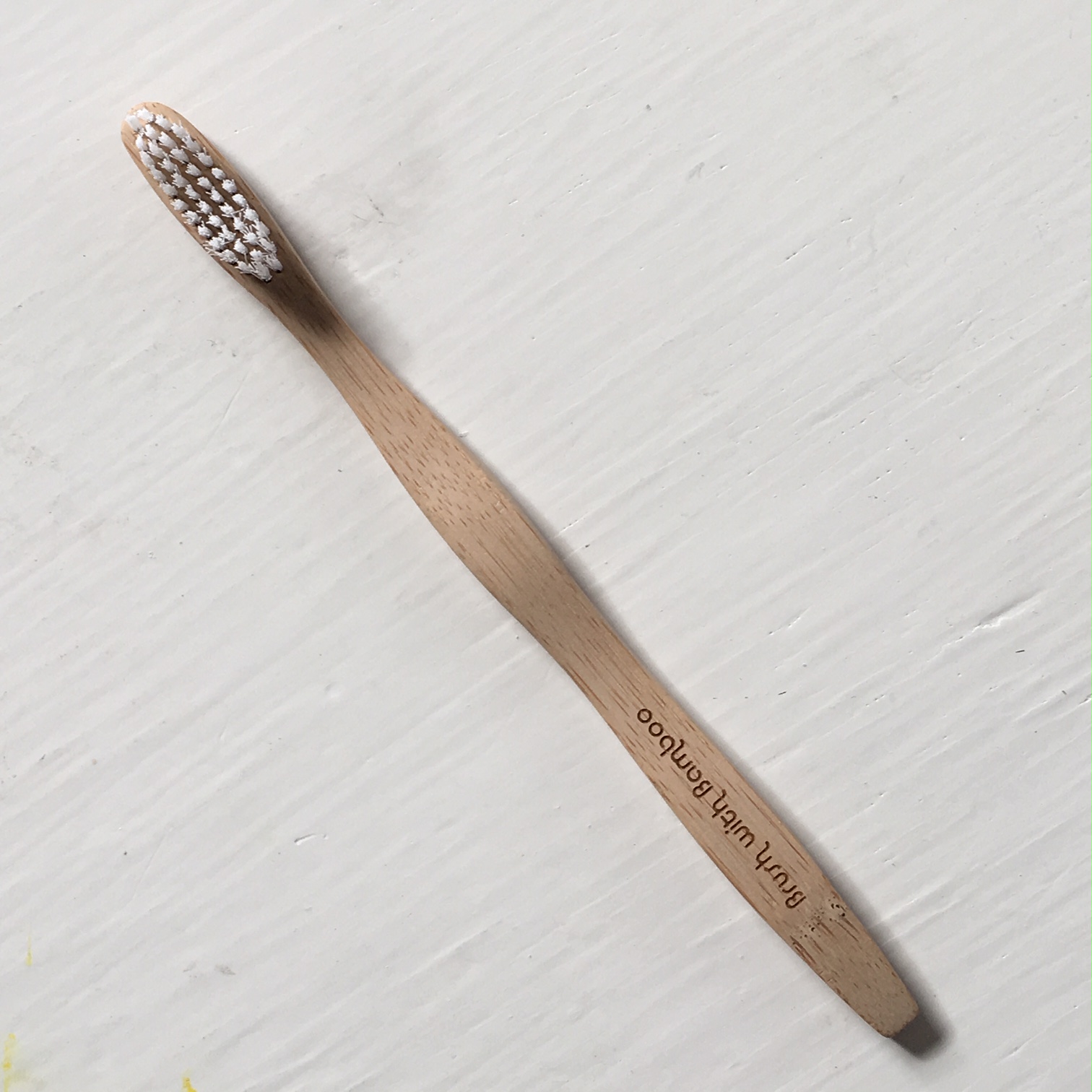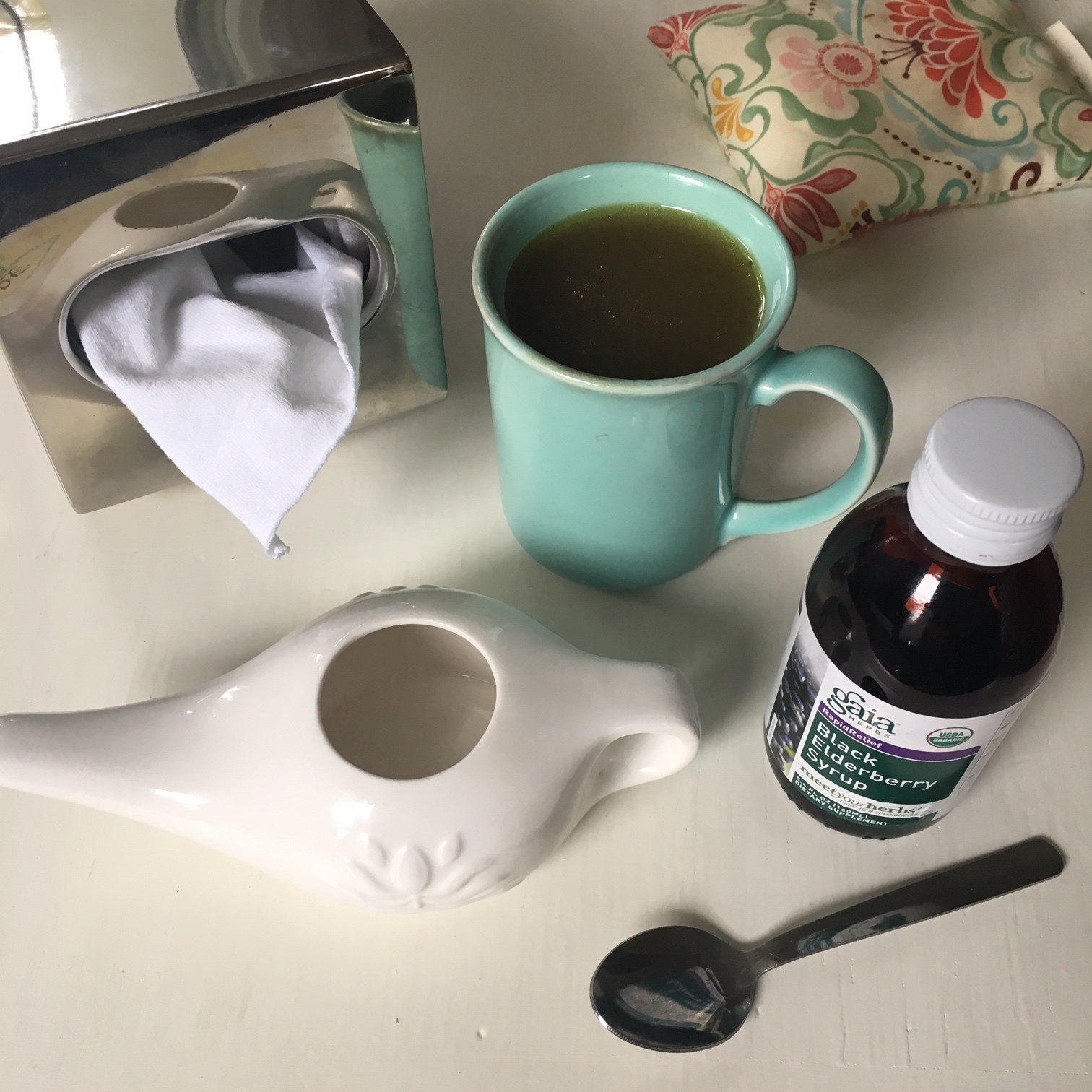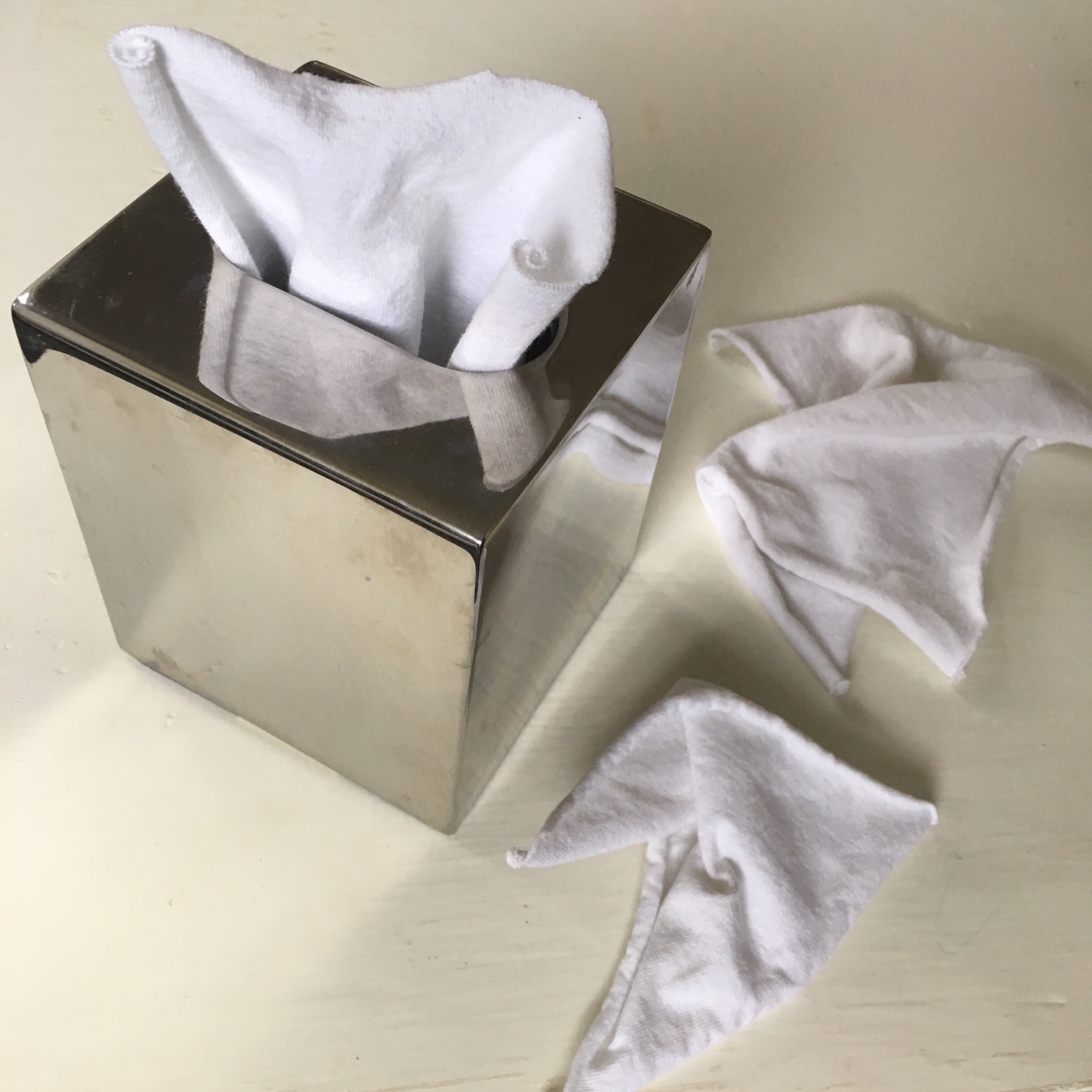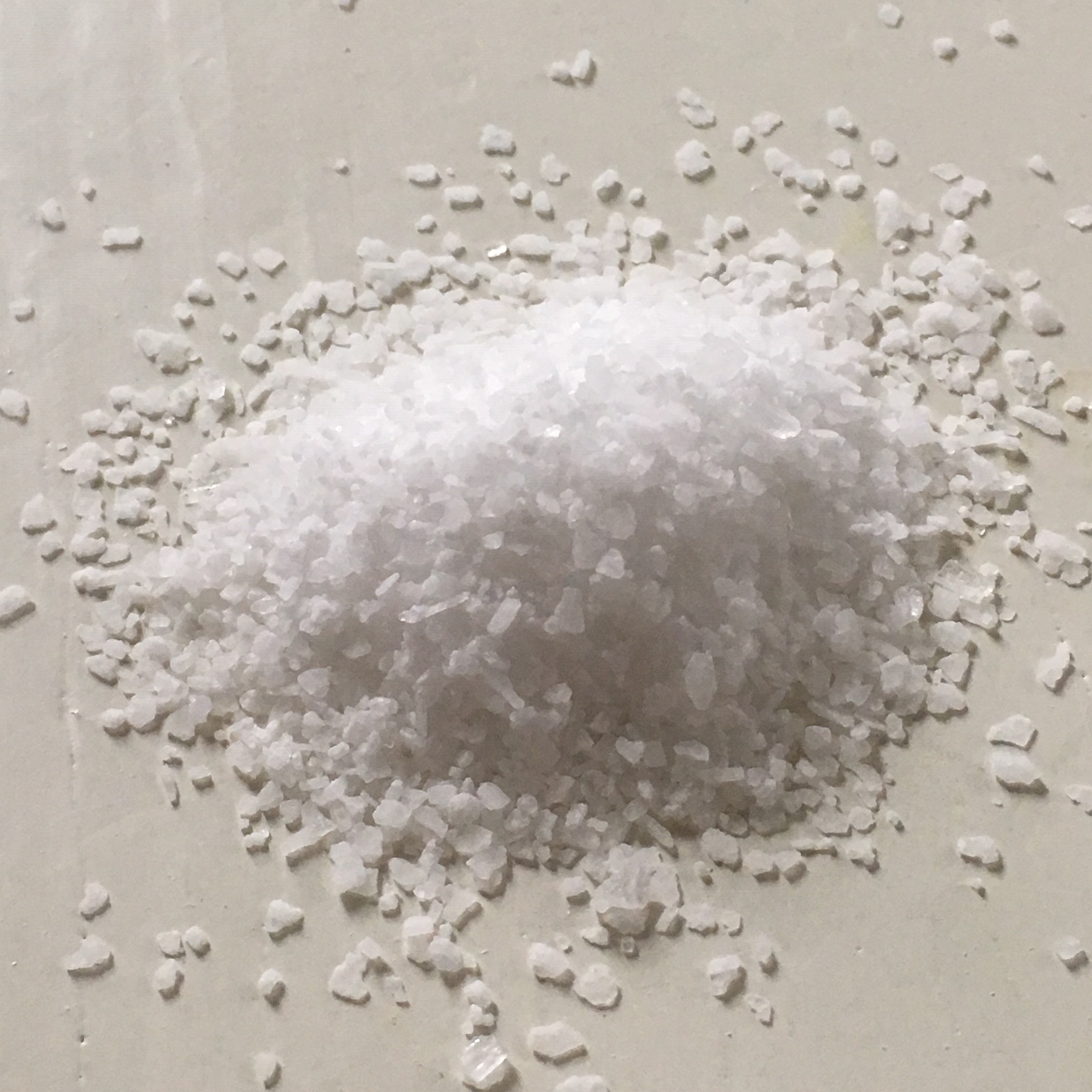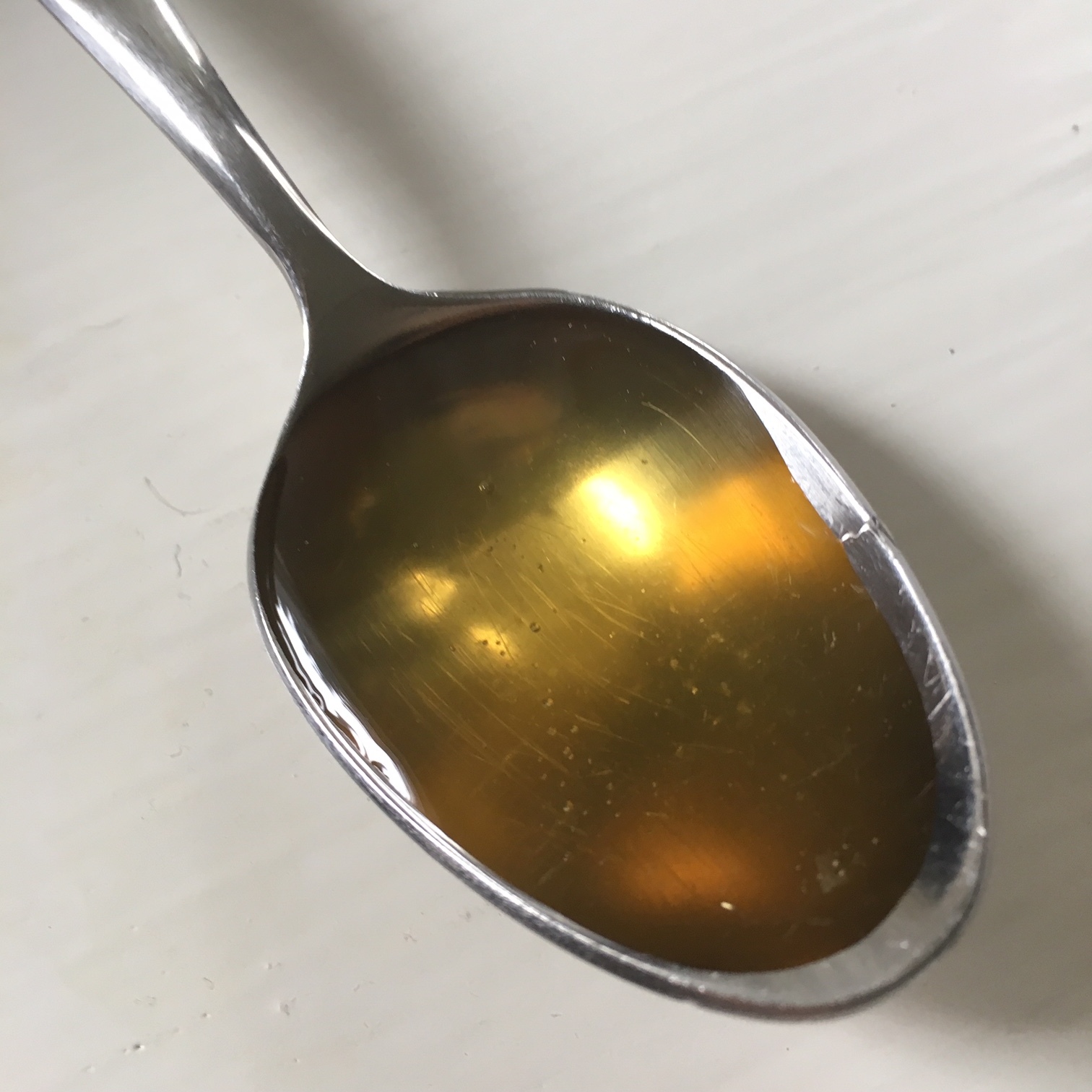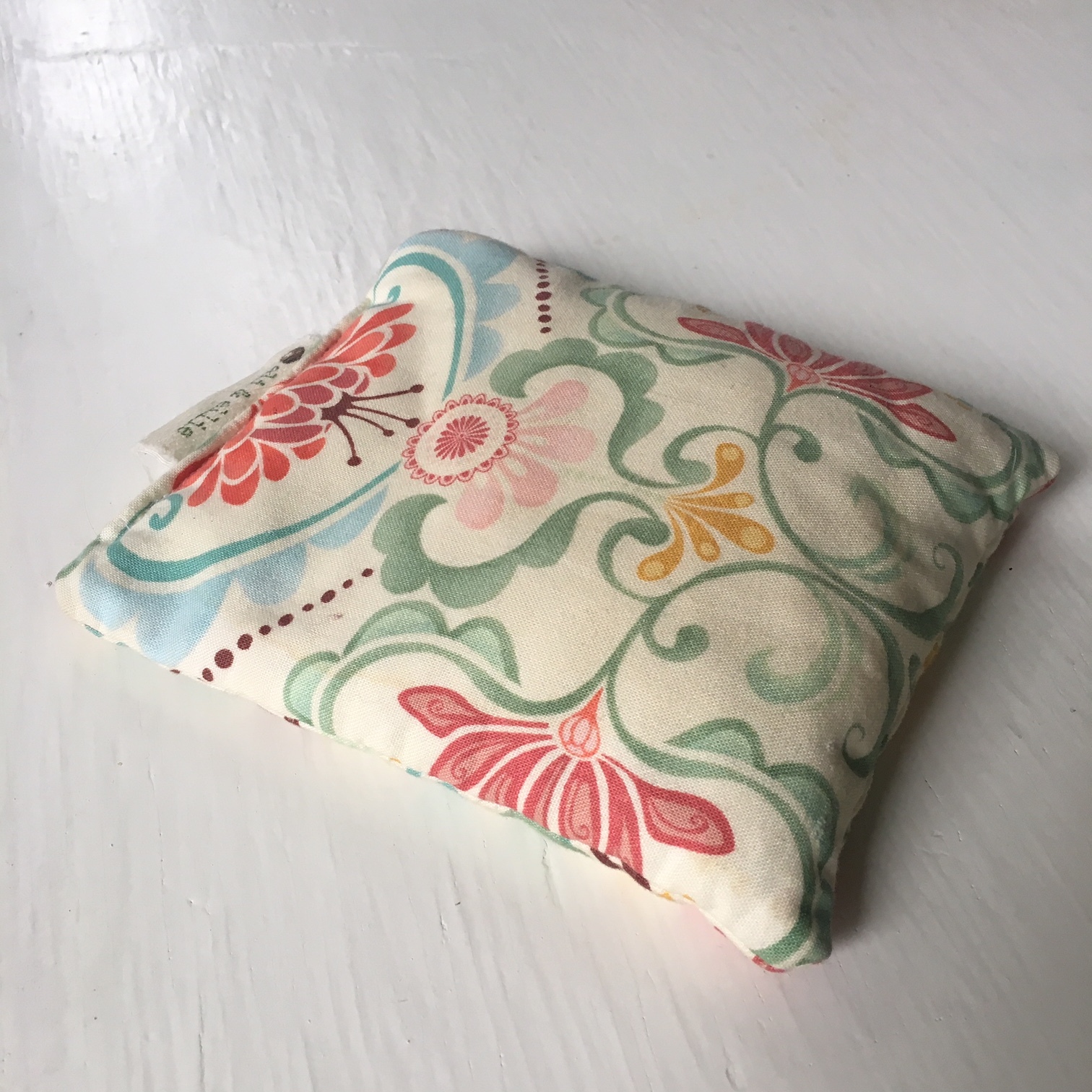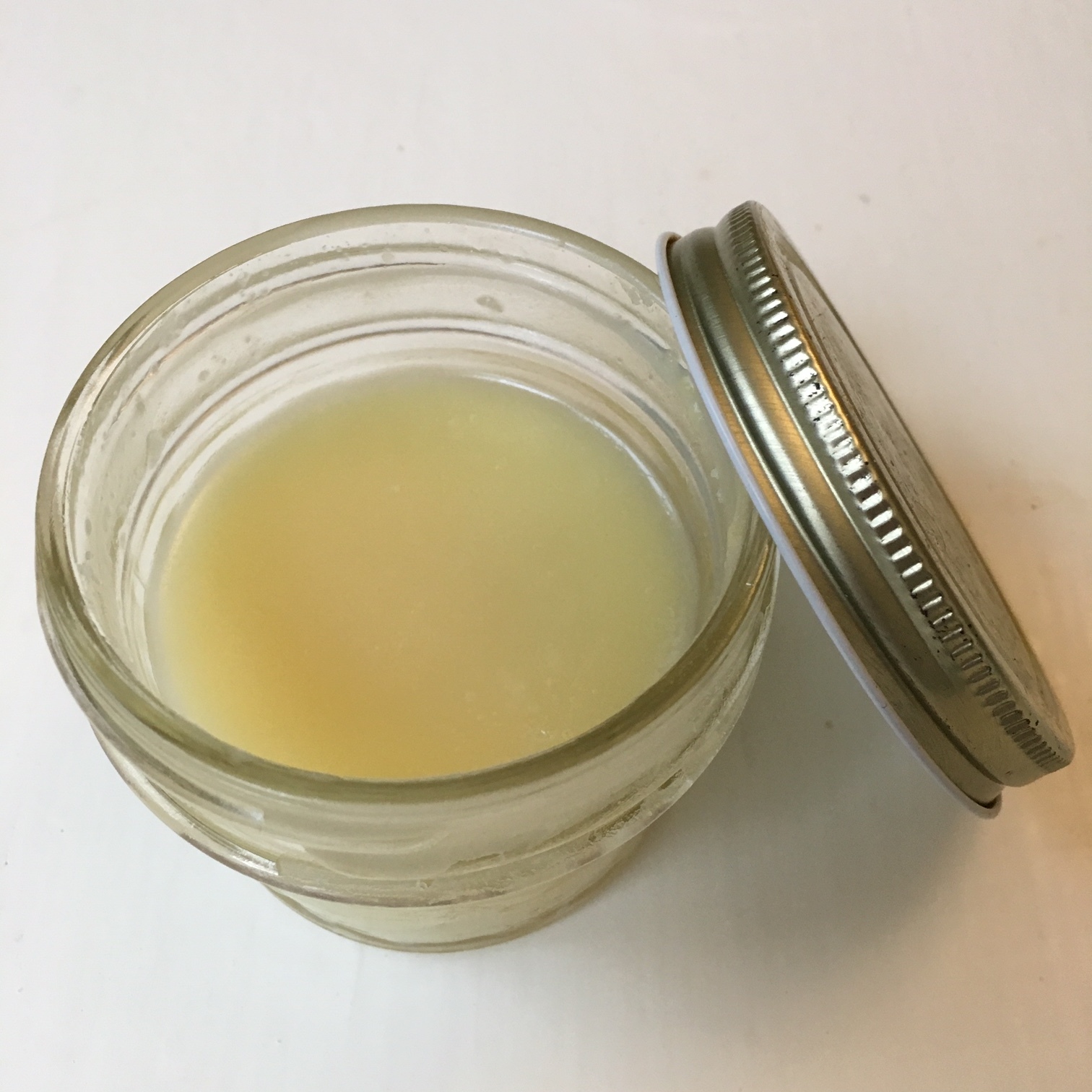We consider ourselves a neighborhood grocer so we're small and walkable. We want to compliment what the co-op’s do so we have some of the items they sell in the bulk section but we also offer hard to find items that people have said they wished their co-op would carry. For example, we carry adults’ and kids’ toothpastes in bulk, deodorant in bulk, lotion bars in bulk, and liquid & powder laundry detergents.
One area I feel like conventional and cooperative stores don’t have a lot of is sustainable living products, like I mentioned a bamboo toothbrush. The coop I visited had compostable floss that came in plastic and I thought, “well, that defeats the purpose!” They also didn't have reusable face rounds or reusable straws because they are first and foremost a grocer so their space is allocated to food. At TARE Market we’re not considering ourselves a grocer. We help people move toward zero waste holistically by offering sustainable living products, cleaning products, home & health products as well as some food. Basically, we offer everything one would need to go zero waste.
Who will be able to shop at TARE Market? Will they have to bring their own bags and containers?
Everyone can shop at TARE Market. We put ourselves strategically in a place so that people from all areas of town could get here. It’s about a block away from the 38th light rail stop. We have bike racks outside and a bike lane on 38th Street and on 28th Avenue. There are two major bus routes that go by and people can also drive. We are working on getting government assistance so people who use SNAP benefits will eventually be able to use them at TARE Market.
People can bring their own containers or borrow some from us. We have TARE Market branded containers so anyone can fill up with whatever they want, pay a deposit for the container and get the deposit back when they return the container. It doesn’t even have to be returned clean. We will do all of the cleaning for them. We're also going to have a grab-and-go section with pre-filled jars of all of our bulk food items to make it accessible to people who have really busy schedules as well.
What products does a zero waste store like TARE Market offer?
We’ll offer one hundred shelf-stable bulk food options (dried fruit, nuts, granola, flour, things like that). We’ll also have a home & health area of the store with zero waste makeup including eye shadow in bulk, blush in bulk and lipstick in compostable tubes. We have about 10 different household cleaners (stainless steel cleaner, glass cleaner, bathroom cleaner and all-purpose). We also have sustainable living supplies like reusable straws, reusable cutlery, cloth napkins, things like that.
Other than reducing waste, what excites you most about opening TARE Market?
I just love meeting members of the community. The Twin Cities is just an awesome place. People are so great, really smart, motivated and passionate. Honestly my favorite part of this whole experience is just meeting so many wonderful people who have all these wonderful stories. For example, a woman stopped in the store the other day. She has a CSA that she runs out of her front yard 3 blocks from the store so it’s very urban. She has chickens and grows all her own food on her front lawn and provides enough to sell 14 shares of a CSA. She’s a totally badass self-sustaining farmer in the middle of the city. Meeting people like her is so motivating and it’s just awesome to meet all these wonderful people.
TARE Market is located at 2717 38th St, Minneapolis, MN and opens for business on April 19th, 2019. Hours M-F 10-7, Sat 9-6, Sun 9-5. Visit www.thetaremarket.com for more information.






